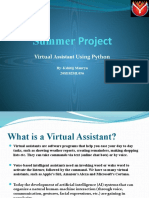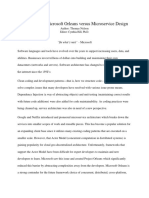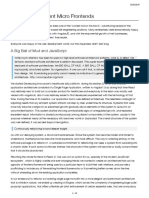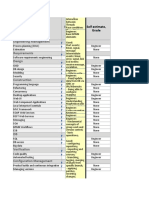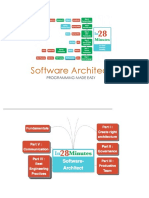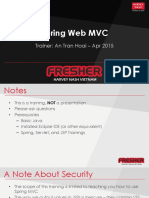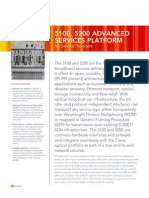0% found this document useful (0 votes)
190 views14 pagesMigrating From JSP - Servlet To Spring MVC
The document discusses the migration from traditional Java EE techniques (Servlets and JSPs) to the Spring MVC framework, highlighting benefits such as better code organization, reduced boilerplate, and easier testing. It outlines key features gained post-migration, including annotation-driven development and centralized exception handling. Additionally, it addresses the pros and cons of migrating, emphasizing the future-proof architecture and scalability of Spring MVC.
Uploaded by
Lohi LohithaCopyright
© © All Rights Reserved
We take content rights seriously. If you suspect this is your content, claim it here.
Available Formats
Download as PDF, TXT or read online on Scribd
0% found this document useful (0 votes)
190 views14 pagesMigrating From JSP - Servlet To Spring MVC
The document discusses the migration from traditional Java EE techniques (Servlets and JSPs) to the Spring MVC framework, highlighting benefits such as better code organization, reduced boilerplate, and easier testing. It outlines key features gained post-migration, including annotation-driven development and centralized exception handling. Additionally, it addresses the pros and cons of migrating, emphasizing the future-proof architecture and scalability of Spring MVC.
Uploaded by
Lohi LohithaCopyright
© © All Rights Reserved
We take content rights seriously. If you suspect this is your content, claim it here.
Available Formats
Download as PDF, TXT or read online on Scribd
/ 14




















